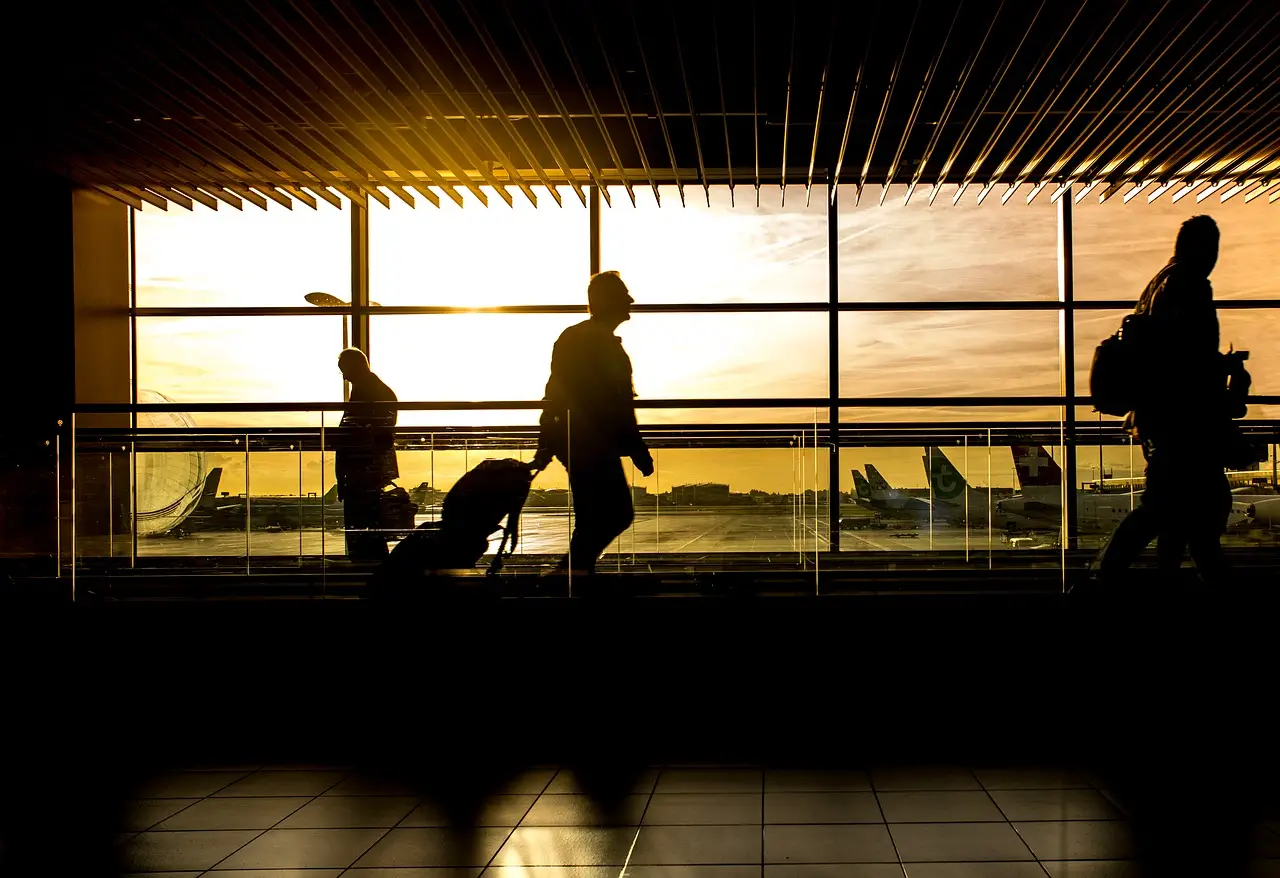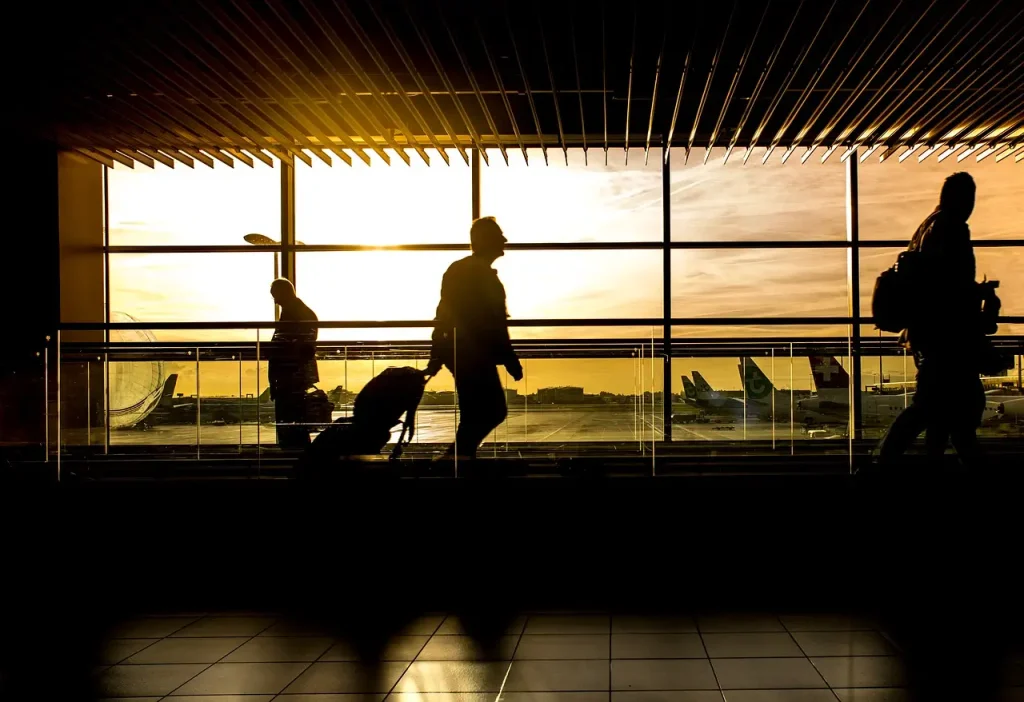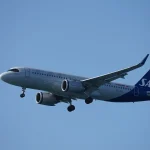
July 17, 2020 – Business troubles caused by the coronavirus will bring considerable annual losses to airlines, and 2020 will be remembered as “the worst year in the history of the aviation industry”. The crisis has not bypassed Split Airport in Kastela, where it is estimated that this year’s losses at the end of the year will reach 2 million fewer passengers compared to 2019, when more than three million passengers landed at that airport.
Slobodna Dalmacija reports that the first 6 months of this year, Split Airport had a turnover of 108,000 passengers, while in the first half of last year, 1.2 million passengers were recorded. If we compare the month of June, the decline is about half a million passengers. This year, 26,000 passengers were realized, while last year, 513,000 passed through Split Airport.
“Until July 13, we had a turnover of 55,000 passengers, and by the end, we expect another 65,000, which at the end of the month will amount to a total of about 120,000 passengers. In the first 6 months of this year, we recorded a loss of about a million passengers, and we will lose that much more in July and August. So we are in the red about 2 million passengers,” said Mate Melvan of Split Airport.
When it comes to companies that fly to Split Airport, the situation is somewhat better, but the problem, they point out, is that there are no passengers.
“Unlike last year when we were connected with about 58 global companies, this year we are connected with 30. I must emphasize that only ten of these thirty companies last year accounted for 90 percent of our total turnover last year. I think we are well covered in this regard, but the problem is that there are no passengers. People just don’t travel by plane and that’s where the whole problem lies. Last weekend, our port had the highest traffic, there are all the main carriers and there are no obstacles and problems,” concludes Melvan.
It is interesting to note that in April this year, there were only six passengers, and in the same month last year, the traffic was more than 156,000 passengers.
Vienna, Warsaw, Madrid, Oslo, Paris, Rome, Frankfurt, Riga are just some of the twenty or so airports that are currently connected to Dubrovnik. However, the “real season” should start soon, when flights from Great Britain begin. British Airways (from London – three times a week), Jet2.com, EasyJet and others are establishing lines with certainly the most important tourist market for Dubrovnik. Low-cost carrier Ryanair is already flying on a route to Dublin, Ireland, and other airlines have decided to resume in an attempt to at least partially recoup losses in recent months.
Despite everything, by the end of July, Dubrovnik should be connected with more than 30 European cities. Compared to the current situation, traffic is expected to triple by the end of August. Thus, according to the announcements, there should be as many as 140 landings and take-offs at Dubrovnik Airport on the first weekend of August.
“It all depends on the epidemiological situation both in our country and in the countries from which our guests come. Most of the airlines we have worked with before are coming back, new ones are coming, and some have failed due to the corona crisis. We have to be optimistic because the situation is moving as we predicted,” says the director of Dubrovnik Airport Frano Luetic.
Despite the unprecedented crisis for air traffic around the world, the airport is proud to highlight this week’s agreement on the intercontinental connection of Dubrovnik and Dubai with Flydubai, and the start of flights from new destinations in Kyiv, Ukraine, Budapest, and Vilnius in Lithuania.
However, even with such an increase, the airport will find it difficult to achieve 30 percent of last year’s traffic in July and August, which is mostly at the level of total air traffic worldwide. Namely, this year, up to thirty international planes a day will land at the airport in Cilipi during July and August, while in the same period last year there were even more than sixty.
The semi-annual number of passengers at the end of June last year was 1,059,684, while this year’s number was 87,026 passengers in the same period, which is just over eight percent. Also, in June 2019, there were 415,876 passengers, while this year there were 10,592, which means that with the greatest optimism this year, it is difficult to expect more than half a million passengers at the airport.
“The Dubrovnik area and everything that gravitates to our airport are much smaller than the often mentioned area of Split and their airport, which currently has more planes and passengers than us. One should know that Split gravitates to more than half a million local people, and their tourist capacities range from Zadar to the Neretva, and from numerous islands to the deep hinterland and Medjugorje. Our area is cramped and has less than a hundred thousand people, without the roads that Split has and with less tourist capacity. We are also oriented towards guests of higher purchasing power given that we have a lot more five-star hotels. And that is the reason why low-cost carriers opt more for Split because such is the offer and the purchasing power of passengers,” says Luetic.
Last weekend, 3870 passengers passed through Zadar Airport. Compared to last year, the turnover is lower by 70 percent, and judging by the forecasts, these figures will be transferred to all of July. Namely, the expected weekly traffic in July is about 60 commercial aircraft, or 120 rotations, while during August, 70 commercial aircraft or 140 arrivals and departures are expected.
“Although it is difficult and ungrateful to give any forecasts at the moment, we expect about 33,000 passengers in July, and about 60 thousand in August. By the end of the year, the total traffic should reach the number of about 150,000 passengers, which is 19 percent of last year’s result,” said the management of Zadar Airport about the season which, if corona had not happened, should have been a record.
Last year, the traffic at Zadar Airport increased by 30 percent compared to 2018, and they welcomed the end of the year with more than 800,000 passengers. On the wings of these results, which were the best in the history of Zadar airport, this summer was greeted even more ambitiously.
This is best illustrated by the projections of the largest low-cost carrier in the world, Ryanair, which announced in early 2020 that it will carry a total of 670,000 passengers on 30 lines and its base in Zadar this season, 50 percent more than a year earlier. Instead, Ryanair currently flies on only ten routes, and the base, which was supposed to house three aircraft with staff for eight months, has been postponed until the summer of 2021.
In addition to Ryanair, whose share in traffic is by far the largest with almost 70 percent, ten other airlines are currently flying to Zadar Airport, connecting Zemunik with 29 European destinations.
Whether that number will be maintained or increased next season, no one currently wants to predict. Because it’s hard to say what will be next month, let alone next summer.
For the latest travel info, bookmark our main travel info article, which is updated daily.
Read the Croatian Travel Update in your language – now available in 24 languages
Join the Total Croatia Travel INFO Viber community.











